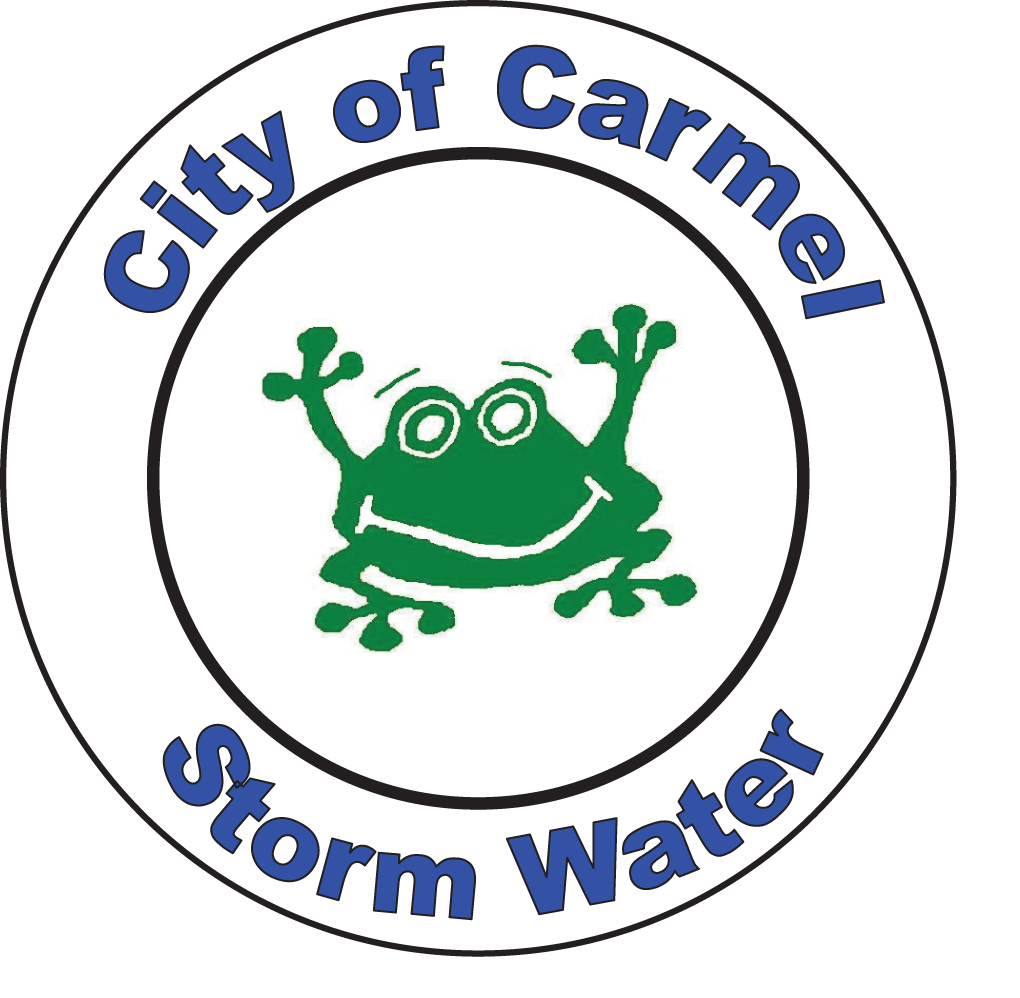By Adam Aasen
The newly formed Storm Water Board – tasked with setting a utility fee to combat flooding problems – had its first meeting last week. And the conclusion of the meeting was that there’s a lot of work to be done.
Bills will be sent out Nov. 1 and it appears the revenue generated will only cover one major project a year. That means some flooded areas will have to wait their turn.
Mayor Jim Brainard floated the idea of borrowing money to start on many drainage projects at once but some on the City Council disagree with that idea.
And the city’s big storm water project underway, Emerson Road, appears to be expensive and time consuming. Small fixes could start next month but the comprehensive fixes needed could take until a year from now to begin with costs left of more than a $1 million.
The Emerson Road project could involve obtaining easements on private property and if the city has to seize any land using eminent domain, then money could have to be spent to compensate homeowners.
City Engineer Jeremy Kashman said about five to seven homes could be affected by the Emerson Road flooding.
City Councilor Ron Carter said: “Are we talking about a situation where we would be spending more money to fix a project than the houses are worth?”
Kashman confirmed it could be the case, saying, “Which is why we have tried to make low cost improvements.”
Carter emphasized he was just asking a question and he’s not suggesting anything more.
But different sources have told the Current that it might make financial sense to buy one or two of the homes from the owners and perhaps build a retention pond.
City Council President Eric Seidensticker, who represents the affected area, balked at Carter’s comment.
“I don’t think it matters one iota the value of the home,” he said. “Whether the home costs 10 dollars or a million, the city has the same obligation to make sure the roads aren’t flooded and the homes aren’t destroyed.”
Even with the difficulties, everyone agreed that it’s a good thing that improvements are being made.
There was also talk about making sure 80 percent of the new storm water revenue goes directly to projects with the rest going to overhead and administration.
Probably the biggest debate for the new storm water utility will be which projects get funded first.
Kashman said he’s developing a list but it isn’t ready yet. He mentioned some possible projects including Jordan Woods, Carmel Drive near the Monon Trail bridge, Ralston Avenue and the culverts on 121st Street west of Shelbourne Road.
Some debate was raised about the city’s role in paying to repair drainage issues on private property versus public streets. Carter said he thinks it’s proper to help private homeowners while Seidensticker asked, “Where do you draw the line?”
Brainard has suggested that many of these problems could be solved by bonding out the issue.
“If you want to get caught up quickly, you could take the cash flow and borrow some money and do eight or nine projects and get caught up,” he said.
City Councilor Sue Finkam said issuing a bond is certainly a possibility, but many other issues might come first.
“It should cause some discussion,” she said. “We have had no conversation among the Council about it but I think it’s worth looking at.”
But Seidensticker doubts the Council would approve such borrowing.
“I think it’s the same M.O. (modis operandi) the mayor’s had ever since he’s been in office: borrowing money,” he said. “If he had been proactive, we could have fixed these problems a long time ago.”



